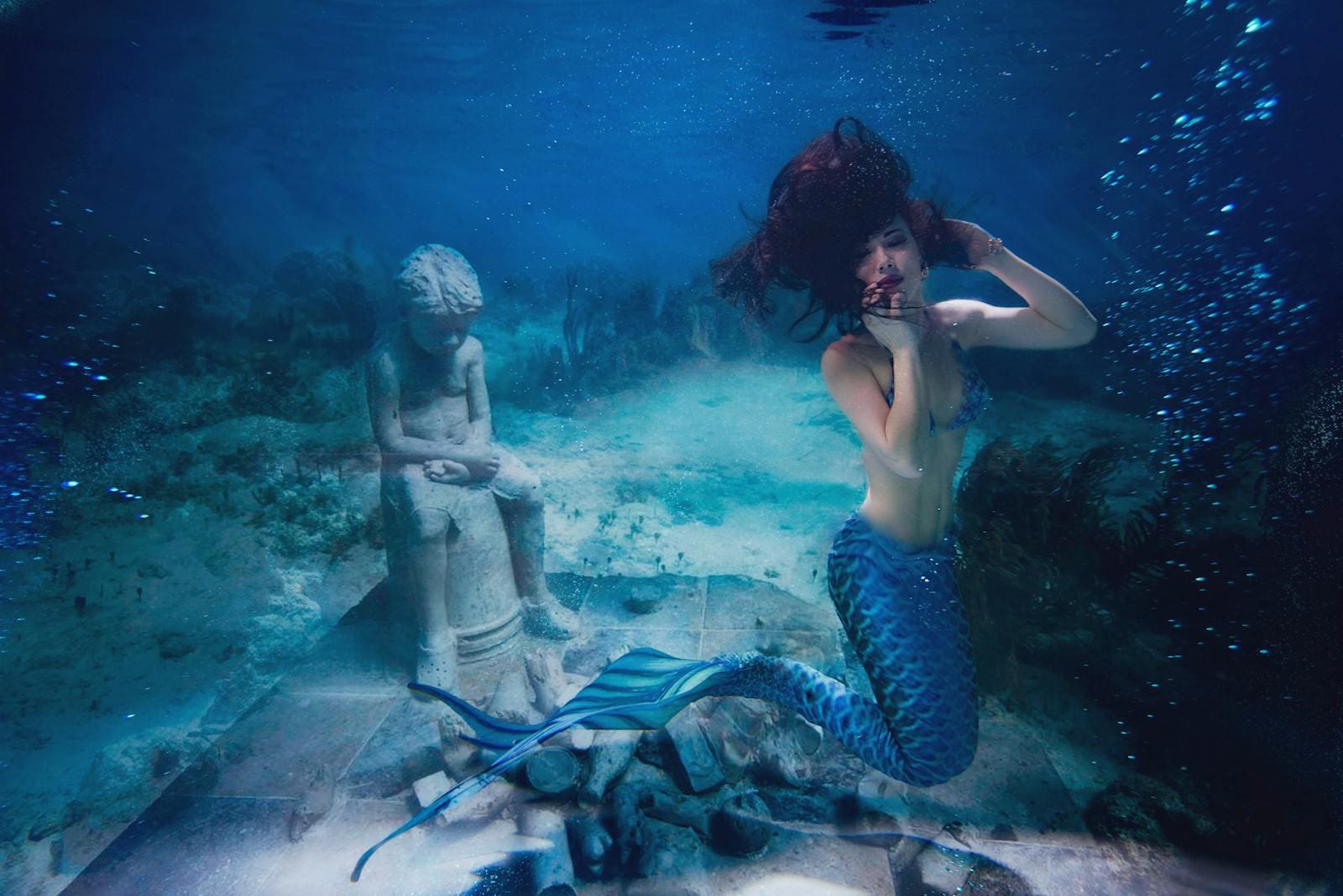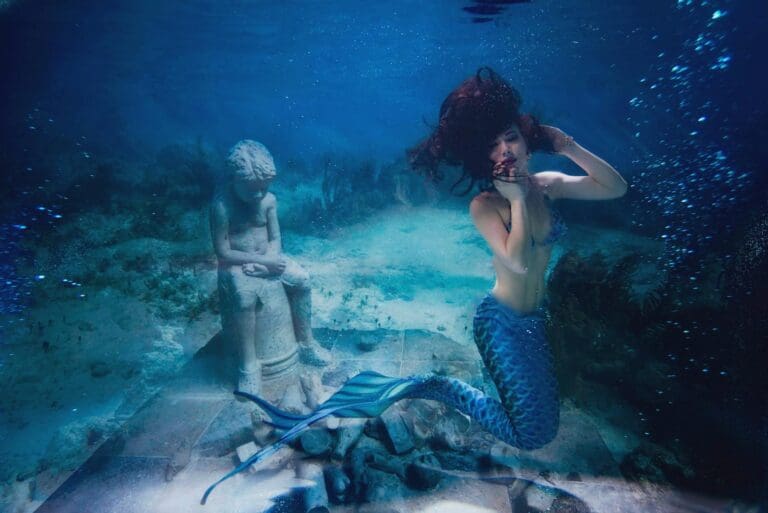For centuries, myths of strange and powerful creatures have been shared through folklore and legend across the globe. These tales speak of giant sea monsters, winged beasts, and bizarre hybrids that seem too wild to be true. While many of these creatures are thought to be purely fictional, some surprisingly have real-life origins.
Believe it or not, there are actual animals that inspired these legendary beings. Over time, exaggerations, misunderstandings, and fear transformed ordinary creatures into myths. In reality, these ten creatures exist—and they’ve often been mistaken for something far more fantastical.
10. Mermaids
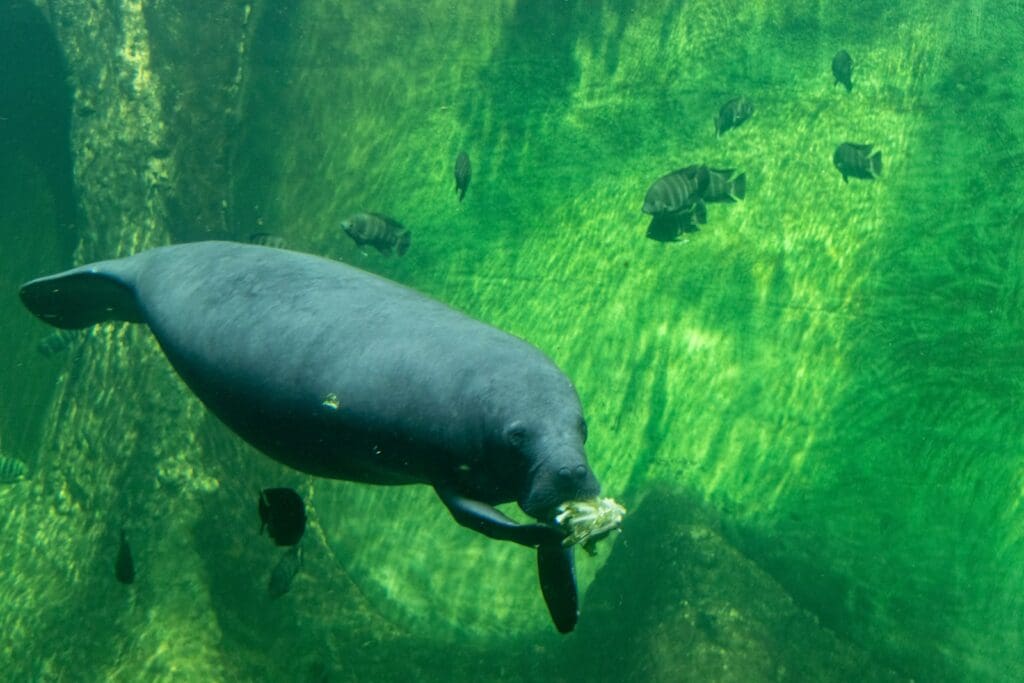
The creatures people throughout time have called Mermaids are actually manatees or dugongs. Both animals are called sea cows. Fully grown, they’re around six feet long, with five human finger-like bones on their flippers. They can turn their necks and stand in shallow water like humans. Spot their fish-like rears sticking out of the water and you’ve got a mermaid.
9. Kraken

Ancient mariners told of a humongous, octopus-like creature rising out of the sea with multiple, strong arms, pulling down ships and eating the crew. They called this creature a kraken. In reality, what sailors encountered was a giant squid. They live so deep underwater information is limited. However, they are known to grow up to nearly 60 feet in length.
8. Dragons
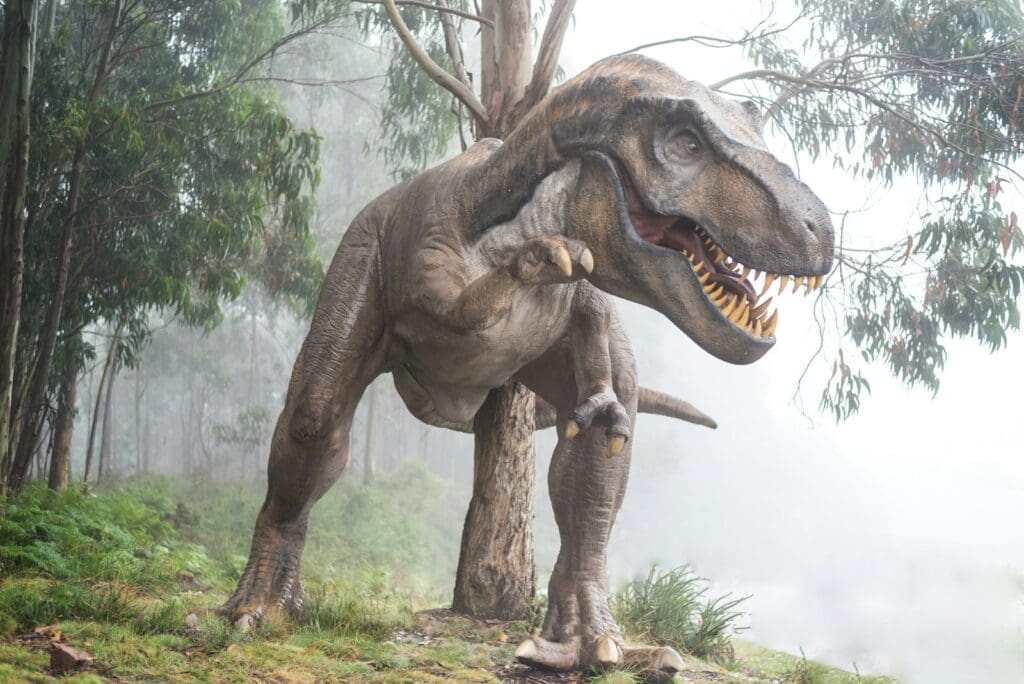
Legends of dragons exist the world over growing back into antiquity. They’re described as reptile-like creatures with bat-like wings and sharp claws. Some breathe fire. What ancient peoples called dragons we know as dinosaurs. In ancient China, where dragon tales abound, these legends emerged after fossils of dinosaurs were found.
7. Pouakai
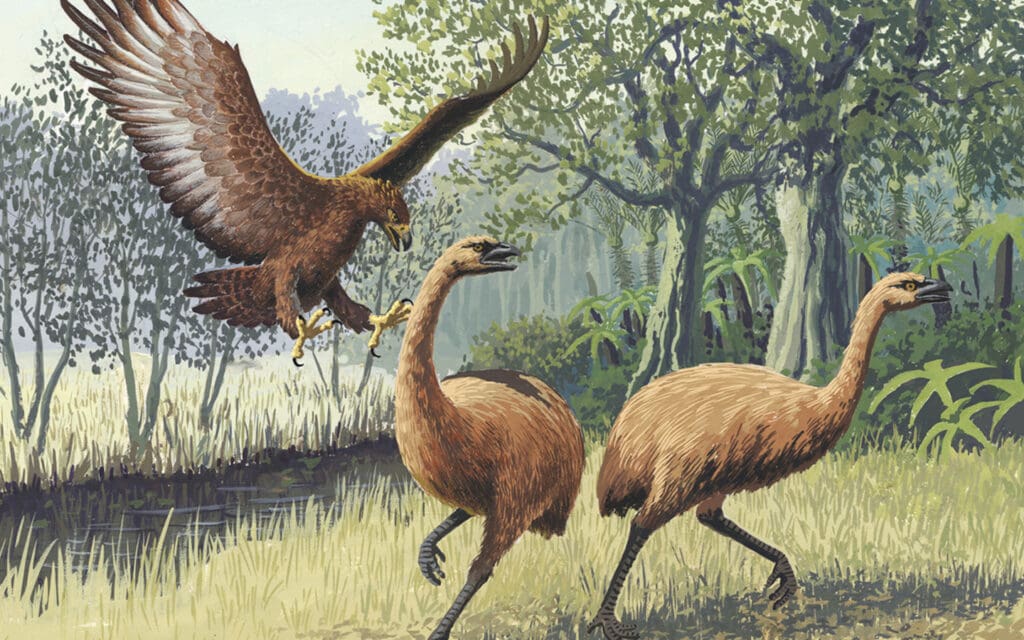
New Zealand’s Maori people told of a giant flying bird that snatched up humans, carried them away, and ate them. They called this creature Pouakai. In reality, this creature was a Haast Eagle, the largest eagle ever, with a wingspan of nearly 10 feet. Mainly preyed on the larger, now extinct, Moa bird. Both birds evolved independently of humans.
6. Roc
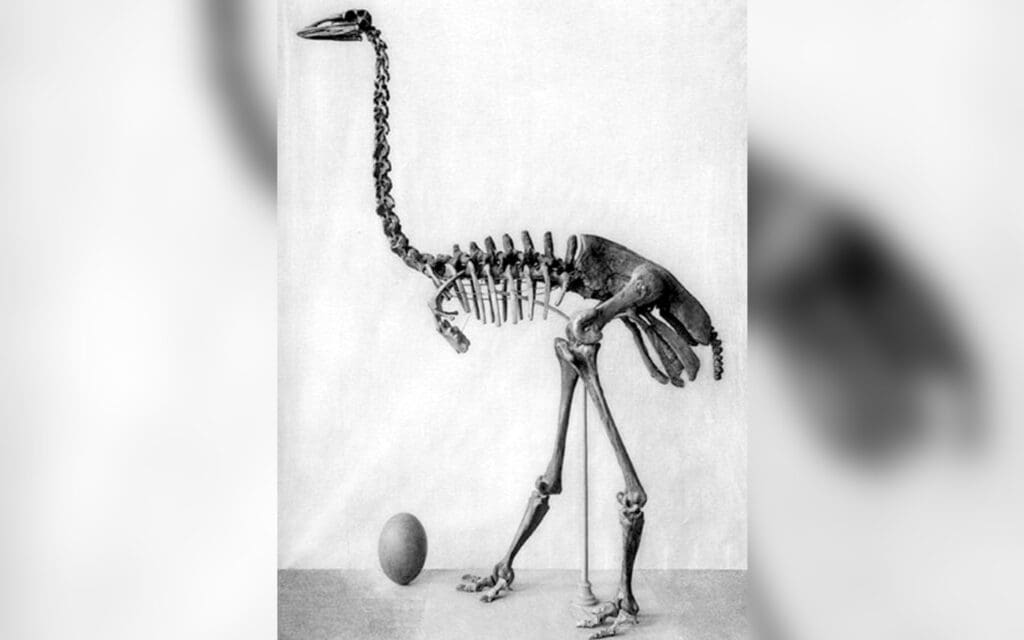
Ancient mariners told of a massive bird off the coast of Africa called a Roc that could lift an elephant off the ground. In reality, the Roc is the extinct Aepyornis or elephant bird, possibly the largest bird ever, and lived in Madagascar. It didn’t lift elephants because it was flightless and much smaller, and Madagascar doesn’t have elephants.
5. Unicorns
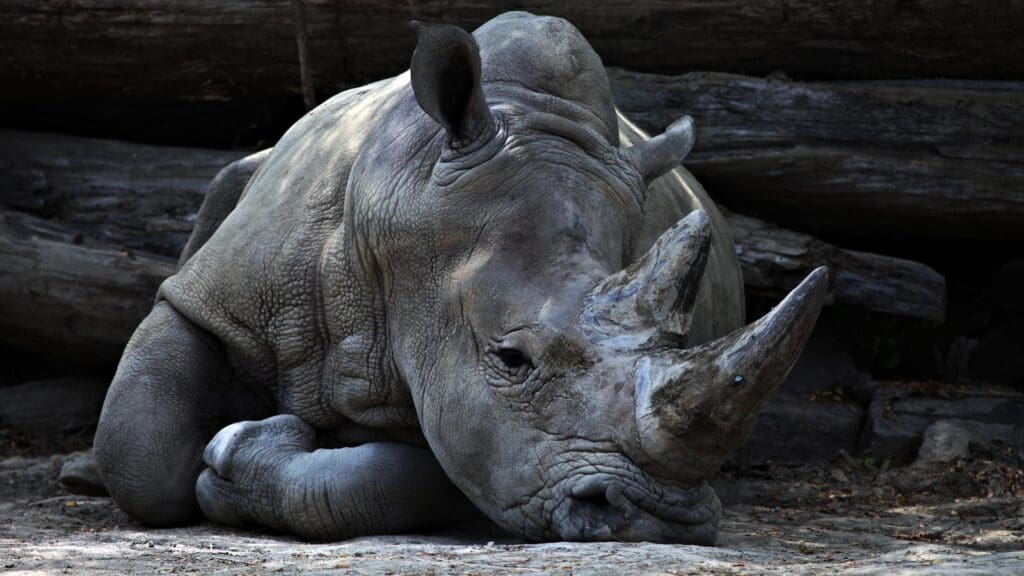
Unicorns are a mythical horse with a single horn in the middle of its head. Scientists say unicorns existed, but they weren’t horses – they were rhinoceroses. The Siberian unicorn was a larger, and stronger type of rhinoceros that lived in Eurasia until going extinct around 39,000 years ago. They were herbivores. They may have been more aggressive than modern rhinos.
4. Griffins
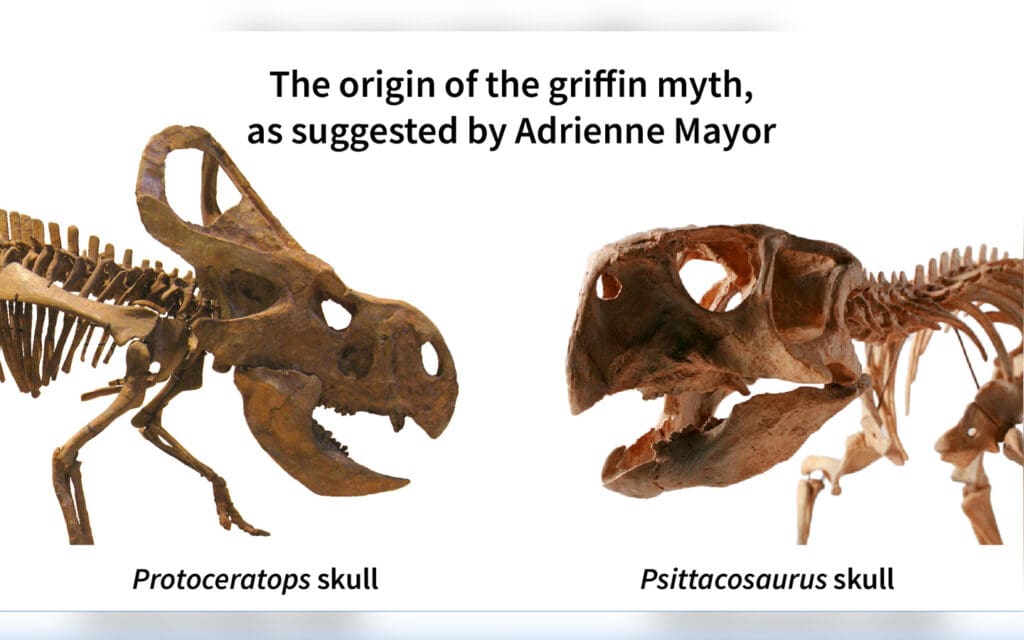
A Griffin is a mythical hybrid with the face, wings, and front legs of an eagle, and the hind legs, rear end, and tail of a lion, and flying capabilities. In reality, griffins were dinosaurs called protoceratops. They had a beak. In the past, people believed only birds had beaks. Protoceratops had long shoulder blades, which were mistaken for wings.
3. Sea Serpent
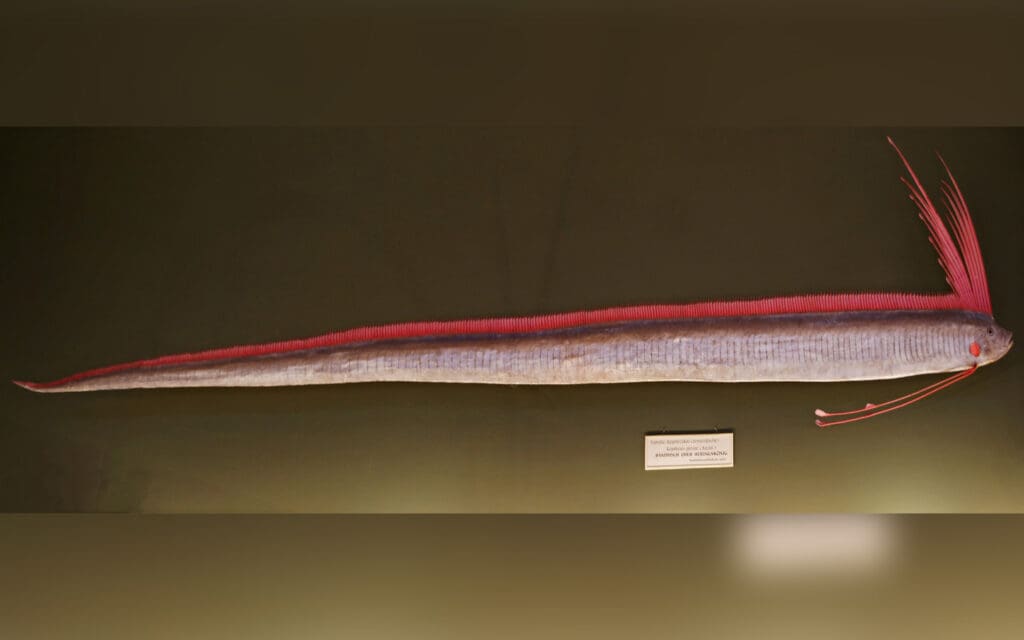
Legends of sea serpents, a fish-snake hybrid, abound worldwide into antiquity. Like many tales, the features of the creature get heavily exaggerated. In reality, the sea serpent is an oarfish that looks like a fish-snake hybrid. The giant oarfish (Regalecus glesne) is the longest bony fish alive, growing up to 56 feet. Information is limited as they live deep underwater.
Read More: 8 Underwater Sites Even More Dangerous to Visit Than the Titanic
2. Yeti
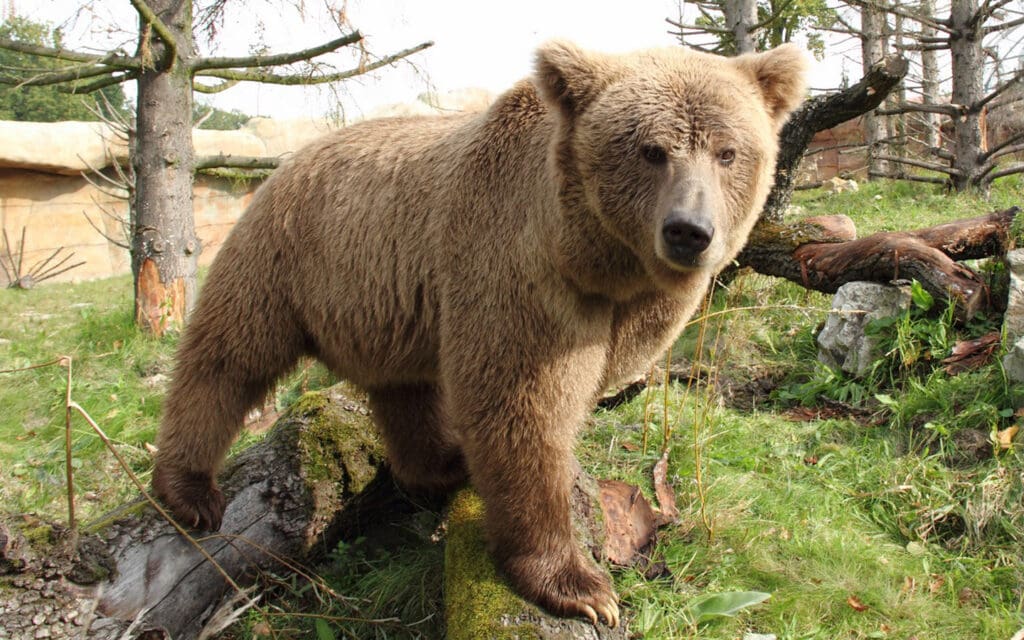
The Yeti is an apelike creature said to inhabit the Himalayan mountains. It’s also called the Abominable Snowman and is commonly compared to North America’s Bigfoot, with similar descriptions. In reality, the Yeti is the Himalayan black and brown bear of the Asian mountain range. DNA tests proved that most of the alleged “Yeti samples” come from these bears.
Read More: 10 Strange but True Facts About Killer Whales
1. Gorillai
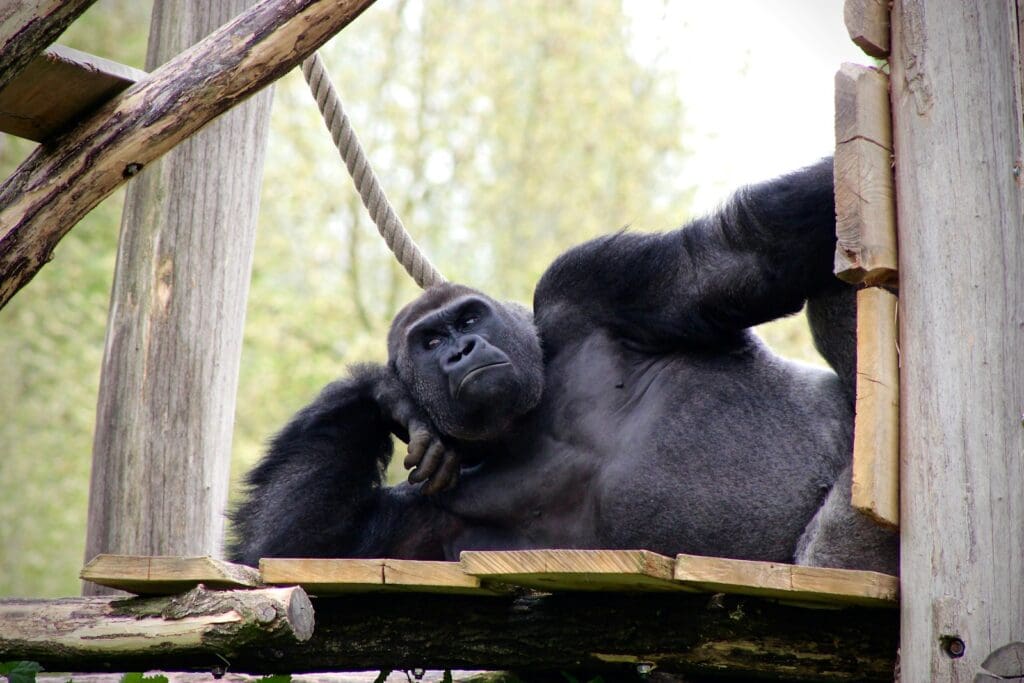
Between 400-500 BC, an explorer from Carthage, named Hanno the Navigator, discovered a tribe of Harry and “rude people” along the coast of West Africa. He referred to them as “hairy women” and “Gorillai.” Scientists debate whether Hanno saw gorillas or another species of ape. Nonetheless, these animals were later named gorillas, and designated as apes, not some type of humans.
Read More: These Strange Animals Can Reproduce by Themselves

